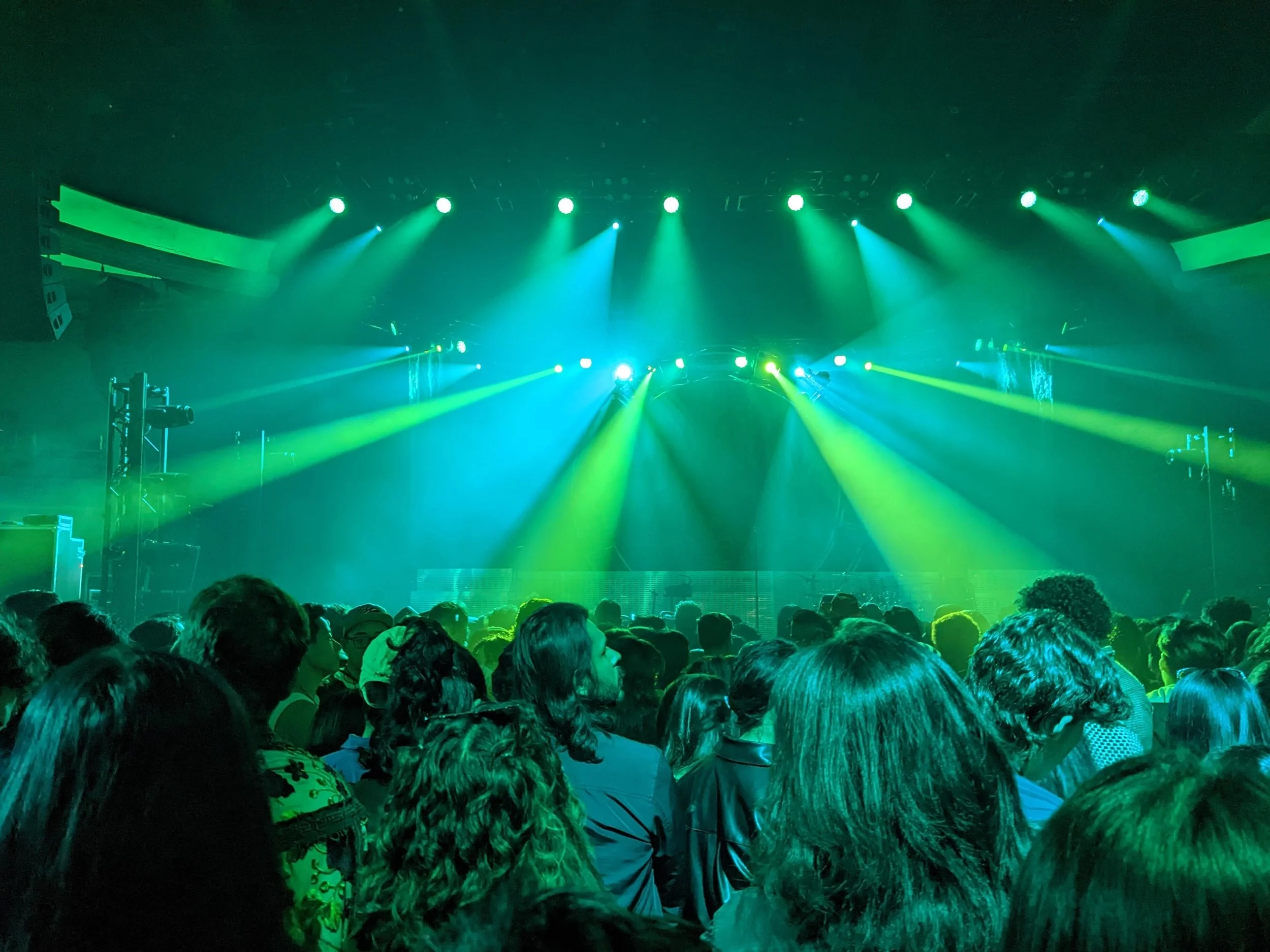What Life is Like on the Rainbow Floor
By Noah Etoka
Like any other student, I had a lot of questions while applying to USC. The most overwhelming of them all were about housing.
Where would I live? And who would I live with? Would we get along?
Of the questions I had, the most important was “Will I be safe?”
Like my peers, the thought of living with roommates was a bit unpleasant. But as a transgender student, the added possibility of living with people who were uninformed about my identity was nightmarish. At best, these people could be unsure yet accepting. At worst, I could face hatred, or even violence. These thoughts stayed in the back of my mind as I began to look into housing. Then the Rainbow Floor appeared.
In Century Apartments, a student housing complex located right off campus, there’s a wing that’s identical to the others in the building. The only difference between it and the rest of the floor is a large portrait of a Trojan with a flourishing rainbow.
That building is currently undergoing renovations and that wing has been relocated. Sadly, the painting is out of sight, and now the wing looks like any other, but the heart of it still remains. Even though my time there is over, I once found it to be my home.
The Rainbow Floor is a “special interest residential community for LGBTQ+ students” that prioritizes those who are trans or gender non-conforming. It’s one of few special interest communities offered by USC, including Somerville Place (for better understanding Black culture) and the Latine floor, El Sol y La Luna.
Even at colleges that are LGBTQ+ friendly, there is still the chance of running into someone who, for some reason, disagrees with the way I live my life. They could unfortunately even end up being my roommate. But with the existence of the floor, some of those fears were assuaged.
So, for a queer student like me, it naturally made sense to apply.
The first time I applied, I wasn’t accepted, but I was still placed in gender neutral housing located across the street at Cardinal Gardens. It made sense. The floor was primarily meant for those in their second year, and I was still in my first. The second time was when I won the lottery.
I remember my first impression moving into the Rainbow Floor. As previously mentioned, the hall was sparsely decorated, and at first, I considered that to be detrimental. But after a conversation with a friend, I realized how it could be a positive aspect for others. For anyone with parents who aren’t LGBTQ+ friendly, the thought of their child living on a floor geared towards that community might not go over so well. Come move-in day it made the transition smooth and easy. Over time, I settled in, and life on the Rainbow Floor could commence.
One of the first lessons I learned is that living with other queer people does not eradicate the challenges that come with shared housing. Although I was exempt from some anxiety-inducing dorm situations, like communal bathrooms, there were still times that I had to learn to navigate roommate troubles. Identities clash and interests collide, even if those who are queer are more likely to be accepting of all types of people.
Another revelation was that the queer community can feel small at times, and it felt even smaller while on the Rainbow Floor. But that was mostly to our benefit. Immediately knowing other queer people were in the vicinity gave me a sense of security. It did, however, also mean that I would often see my neighbors on dating apps. Besides that, it helped build community between members on and outside of the floor.
The most moving realization came one day when I was far from my apartment. USC regularly had scheduled programming for those of us in on-campus housing, and this time, the school paid for every member of the floor to attend a Rina Sawayama concert.
The night was incredible. Rina (a queer icon) put on a great show, including mesmerizing lights and a Shania Twain cover. Between songs she talked about her experiences writing her then newly released album, Hold the Girl. She spoke to the audience about being queer, her hopes for everyone present, her time in therapy— nothing was off limits.
And while I looked around the crowd, I realized how lucky I was to be surrounded by my peers. We were there, together, celebrating our queerness out in the open. Not everybody can do the same. As someone who grew up in a household averse to that kind of freedom, it was a luxury to finally live somewhere that recognized a key facet of my personhood.
My experience is not the same as everyone else’s, but I learned a lot from my time in that community. If you’re LGBTQ+ and searching for a place to call home while you’re here at USC, I recommend sending in an application to live on the Rainbow Floor. Even if you’re not a sophomore, there’s always a chance of getting accepted. It’s worth a shot!


